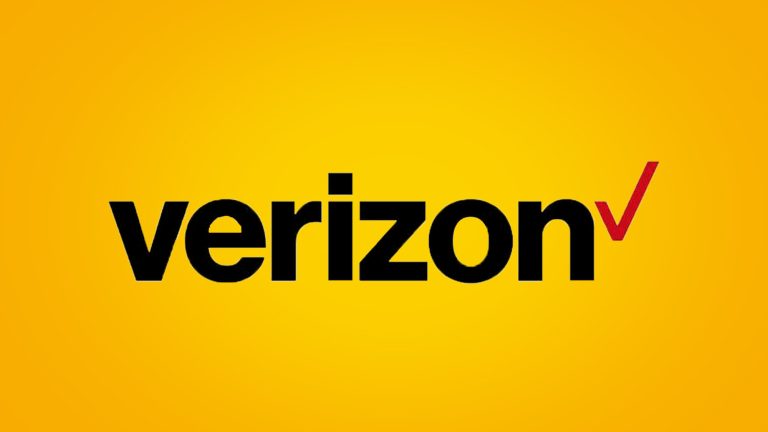In the competitive landscape of today’s job market, small businesses often face the challenge of attracting and retaining top talent. While they might not have the financial resources of larger corporations, small companies can still create a compelling benefits package that appeals to prospective employees. A well-crafted benefits package not only demonstrates a company’s commitment to its employees but also fosters a positive work environment and enhances employee engagement. In this comprehensive article, we delve into the essential elements of a small company benefits package and provide actionable insights to help small businesses build a competitive offering.
Contents
I. Understanding the Importance of a Small Company Benefits Package
-
Attracting and Retaining Talent: In a competitive job market, a strong benefits package can be the deciding factor for attracting top talent to your small business. By offering a competitive benefits package, you can showcase your commitment to employee well-being and differentiate your company from others.
-
Boosting Employee Morale and Engagement: A comprehensive benefits package that caters to the diverse needs of your employees can significantly boost morale and engagement. When employees feel valued and supported, they are more likely to be motivated, productive, and loyal to your company.
-
Creating a Positive Work Environment: A benefits package that promotes work-life balance, health and wellness, and professional development fosters a positive work environment. A positive work environment can lead to increased collaboration, creativity, and overall job satisfaction.
II. Essential Components of a Small Company Benefits Package
-
Health Insurance: Offering health insurance is a crucial component of any benefits package. While health insurance can be a significant expense for small businesses, there are cost-effective options available, such as group health plans or health reimbursement arrangements (HRAs).
-
Retirement Savings Plans: Retirement savings plans, such as 401(k)s, are a valuable benefit that can help employees secure their financial future. Small businesses can offer employer matching contributions to further incentivize employee participation.
-
Paid Time Off (PTO): Paid time off, including vacation days, sick leave, and personal days, allows employees to take time away from work to rest, recharge, and attend to personal matters. Offering a generous PTO policy can enhance work-life balance and improve employee well-being.
-
Flexible Work Arrangements: Flexible work arrangements, such as remote work options or flexible schedules, provide employees with greater control over their work lives. These arrangements can be particularly attractive to working parents or individuals with caregiving responsibilities.
-
Professional Development Opportunities: Investing in employee development demonstrates a commitment to their growth and advancement within the company. Small businesses can offer various professional development opportunities, such as training programs, conferences, or tuition reimbursement.
III. Additional Benefits to Consider
In addition to the essential components mentioned above, small businesses can enhance their benefits package by incorporating additional benefits tailored to the specific needs and preferences of their employees. These additional benefits can include:
-
Wellness Programs: Wellness programs, such as gym memberships, yoga classes, or mindfulness workshops, promote employee health and well-being.
-
Employee Assistance Programs (EAPs): EAPs provide confidential support and resources to employees facing personal or work-related challenges.
-
Childcare Benefits: Childcare benefits, such as on-site daycare or subsidized childcare, can be a valuable asset for working parents.
-
Commuter Benefits: Commuter benefits, such as pre-tax transit passes or parking reimbursement, can help alleviate the financial burden of commuting.
-
Employee Recognition Programs: Employee recognition programs acknowledge and reward outstanding performance and contributions.
IV. Crafting a Competitive Small Company Benefits Package
Building a competitive benefits package requires careful planning and consideration. Here are some key steps to guide you through the process:
-
Assess Your Budget: Determine the financial resources available for your benefits package. This will help you prioritize the most important benefits and identify cost-effective options.
-
Survey Your Employees: Gather feedback from your employees to understand their needs and preferences regarding benefits. This will ensure that your benefits package aligns with their expectations.
-
Research Your Competitors: Analyze the benefits packages offered by your competitors to identify industry standards and potential areas for differentiation.
-
Leverage Technology: Utilize technology to streamline benefits administration and communication. There are various online platforms and tools available to help manage enrollment, track usage, and provide employees with easy access to benefits information.
-
Communicate Effectively: Clearly communicate the details of your benefits package to your employees. Provide them with comprehensive information about each benefit, eligibility requirements, and enrollment procedures.
V. Real-World Examples of Successful Small Company Benefits Packages
To illustrate the effectiveness of a well-crafted benefits package, let’s explore some real-world examples of small companies that have successfully attracted and retained talent through their benefits offerings:
-
Patagonia: This outdoor apparel company is known for its commitment to environmental sustainability and employee well-being. Patagonia offers a range of benefits, including generous paid time off for environmental activism, on-site childcare, and flexible work arrangements.
-
Basecamp: This project management software company prioritizes work-life balance and employee autonomy. Basecamp offers a 4-day workweek during the summer months, unlimited paid time off, and paid parental leave.
-
Moz: This marketing software company fosters a culture of learning and development. Moz provides employees with a $3,000 annual allowance for professional development, unlimited books from Amazon, and paid time off for volunteer work.
These examples demonstrate that small companies can create attractive benefits packages that rival those of larger corporations. By prioritizing employee well-being, work-life balance, and professional development, small businesses can cultivate a positive work environment and attract top talent.
VI. Conclusion
A well-crafted small company benefits package is a powerful tool for attracting, retaining, and engaging top talent. While small businesses might face budget constraints, there are numerous cost-effective options available to create a competitive benefits offering. By prioritizing the essential components of a benefits package, incorporating additional benefits tailored to employee needs, and effectively communicating the value of the package, small businesses can build a strong foundation for success.
Read More: Benefits Packages for Small Businesses: An Exclusive Article







